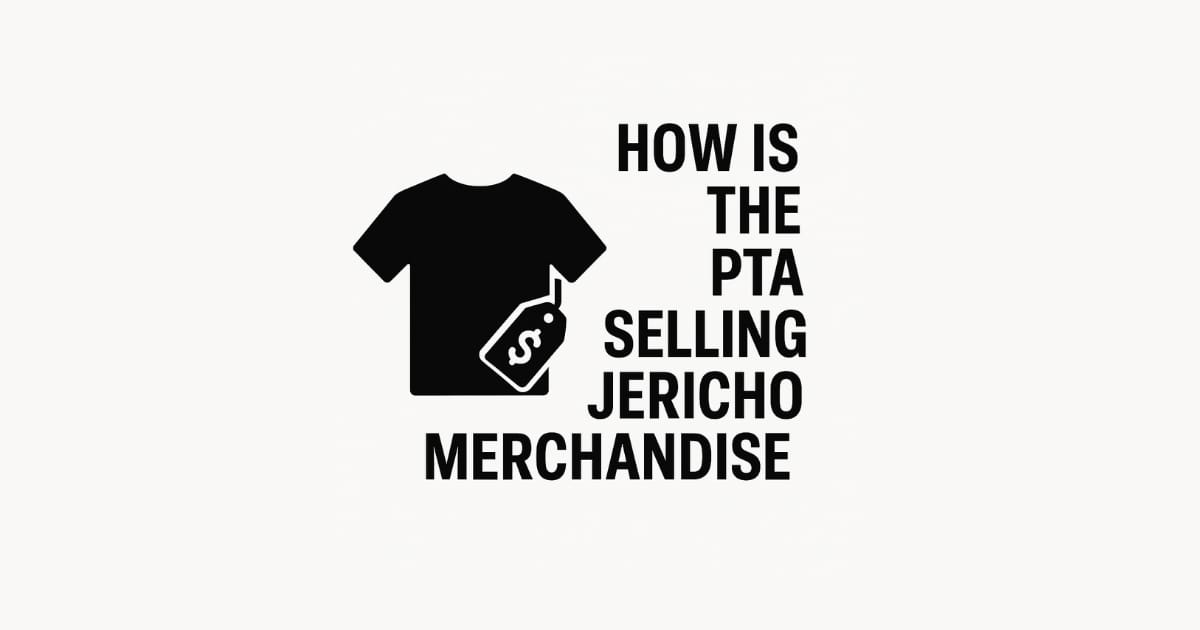Last week, Jericho Voice published “The PTA Illusion,” which examined how a thirty-five-thousand-dollar private organization has been allowed to function with outsized influence inside a one-hundred-forty-million-dollar public school district. The newest information coming from the PTSA’s own budget adds another layer to those concerns. The PTSA expects six thousand dollars of its revenue to come from spirit wear sales that use Jericho’s branding, despite no publicly documented authorization allowing a private nonprofit to sell merchandise featuring district identity marks.
The PTSA’s budget lists six thousand dollars in spirit wear income and four thousand dollars in spirit wear expenses. This means the PTSA is purchasing Jericho-branded merchandise and reselling it for a profit. That merchandise features the district’s name, mascot, and related visual identity. These marks belong to the Jericho Union Free School District. They do not belong to the PTSA. There is no public record showing that the district has licensed, approved, or contracted the PTSA to use its branding for commercial sales.
If a booster club, parent group, or local business attempted to manufacture and sell “Jericho” or “Jayhawks” apparel, the district would require permission or prohibit the activity entirely. Yet the PTSA is permitted to run a retail operation that depends on public school branding. It advertises merchandise through school communication channels, positions the apparel as official, and incorporates the resulting profit into its annual operating budget.
Some may argue that the PTSA uses the proceeds to support activities. That may be true, but it does not answer the core issue. How the PTSA spends its revenue is separate from whether it has the authority to use district identity in commercial sales. Nonprofit status does not grant a private organization permission to monetize government-owned intellectual property. Even if every dollar went toward school events, the underlying requirement for proper authorization remains the same.
It is also notable that this merchandise revenue represents nearly seventeen percent of the organization’s entire budget. Spirit wear is not a small side fundraiser. It is a central revenue stream that the PTSA relies on to meet its financial targets. When such a large portion of its income comes from the use of district branding, the need for clear authorization and transparent policy becomes even more important.
Parents have a reasonable expectation to know who granted permission for these sales, what policy governs the use of district branding, whether any licensing or contractual agreements exist, and whether the district applies the same standards to all organizations. These are procedural questions, not personal ones. They go to the heart of how a public institution manages its identity and how that identity is used for private revenue.
Until this information is publicly provided, the PTSA’s spirit wear operation will continue to raise legitimate questions about consistency, transparency, and the appropriate boundary between a public school district and a private membership organization.


